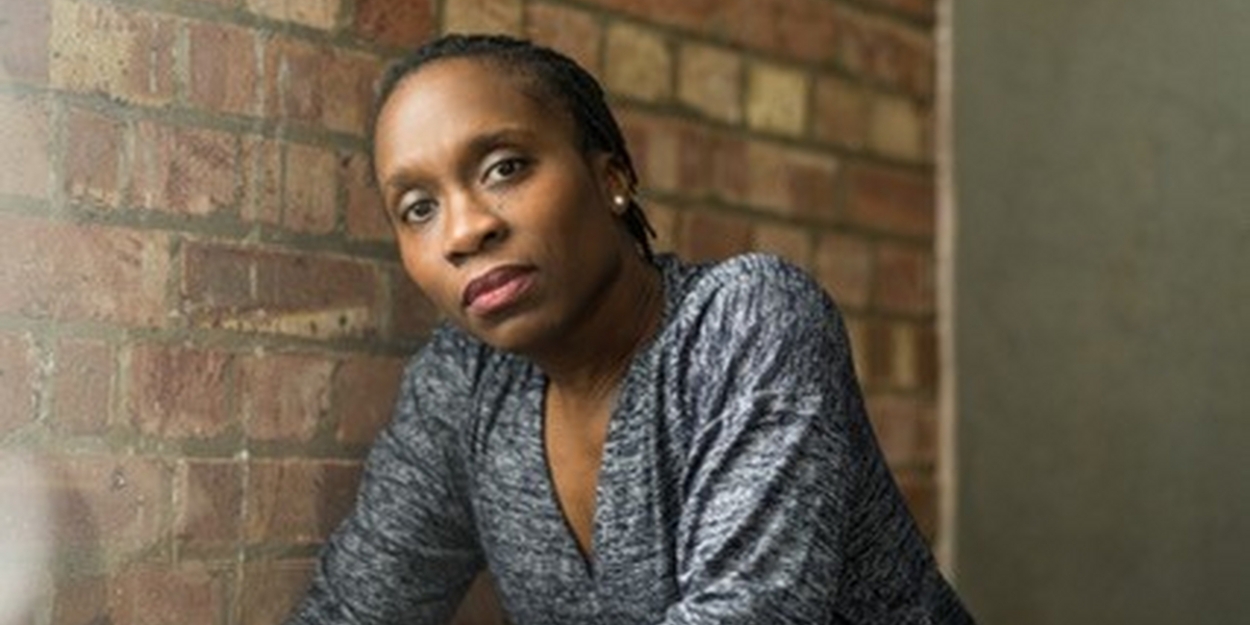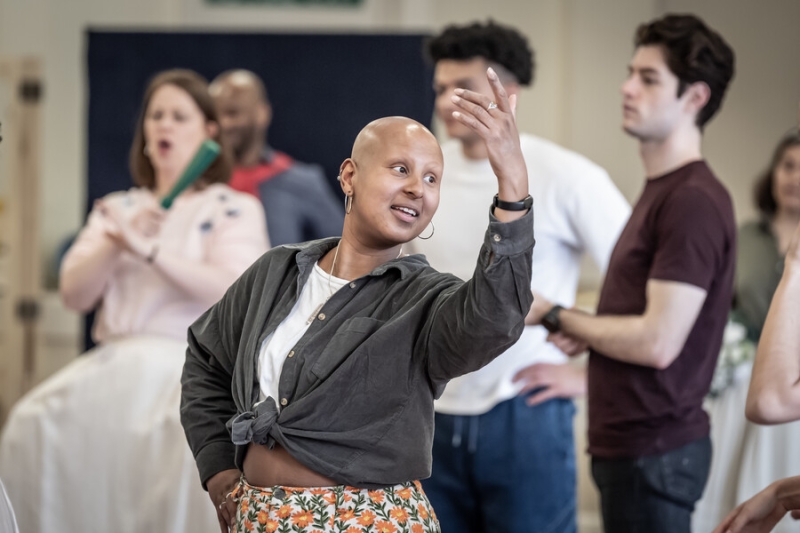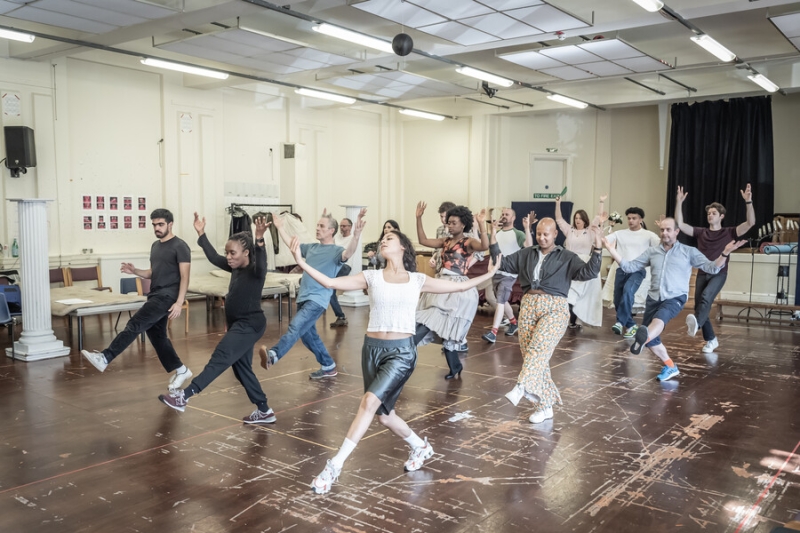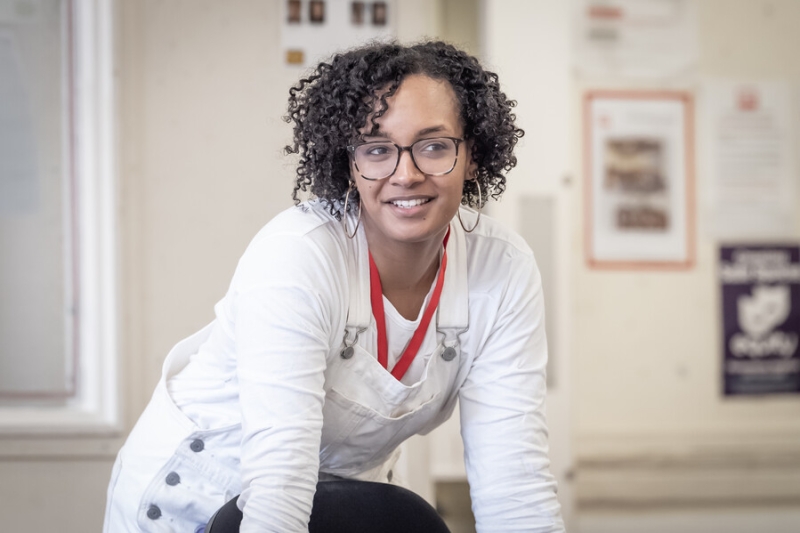Guest Blog: 'I Have A Deep Need to Understand These Characters': Movement Director Ingrid Mackinnon on RSC's SCHOOL FOR SCANDAL
'My job is to help shape staging and storytelling through movement and physical expression.'

When I first worked at the Royal Shakespeare Company (RSC) back in 2017, I was seduced into thinking I had to change my approach to movement because I was working in the “sacred space” of Shakespeare. Despite having just spent two years studying movement direction at the Royal Central School of Speech and Drama - where I was learning to articulate my own movement voice - I started thinking vertical spines and social etiquette was my only offer. Thankfully I was wrong, and the seduction didn’t last too long.

These classical playwrights would have loved to see their work presented in all the contemporary glory we can muster. That’s what I tell myself anyway. I’m currently working as movement director on The School for Scandal at the RSC and our references for movement are vast and varied.
My job is to help shape staging and storytelling through movement and physical expression as well as to encourage the actors to find their characters physically in this world that we have been creating in rehearsals. This normally begins with warm up to ensure that everyone is ready for the work and warm up can quite simply serve as a bridge from the outside world into the world of the production. If Stevie Wonder is required to get everyone “in the room”- then Stevie Wonder it is!
My research and preparation varies from 18th century Georgian references to 19th century Harlem Ballroom. Bringing this into the room, we were able to create a few full ensemble movement moments which will be a wonderful celebration of these characters as well highlighting the gorgeous design and costumes by Alex Lowde.
I often get asked by actors for specific ways to bow, curtsey, walk etc. and sometimes I can be a bit vague in my response because I remind myself that these characters are not yet real so, in my mind, that means we can build a whole new way of moving if we want to as long as it makes sense and drives the story telling forwards.

In the rehearsal room, you can hear me saying “how do you think your character moves?” It’s important to empower actors to make their own physical choices - they are the experts of their own bodies. I can help pull out the details or develop strategies to ensure that their physicality is sustainable throughout the run of the production night after night. As we move from the rehearsal room to the theatre, I will have my eyes on all things from sight lines, to how an actor practically moves in a huge hooped caged skirt onstage and even offstage.
Another important part of the job, which I adore, is the collaboration with music and movement. When these two elements come together it can create so many satisfying moments. Just these tiny yet important juicy flourishes make up a big part of my contribution to this production. But back to the seduction again - I’m always trying to make sure that I’m not getting pulled by only one way of moving - there are so many options and I want to know that we have explored them all! This approach is by no means how all movement directors might work, we all have different styles and tastes.

The beauty of being in collaboration with our director Tinuke Craig is that she gives space to find things that were not on the page - what a gift! Also, and probably most importantly for me, is that I have a deep need to understand these characters and feel for them. They need to be relatable and for me, if we all moved the same way, in our production and in real life, that wouldn’t be a true reflection of the world we live in.
School For Scandal is at the Royal Shakespeare Theatre from 2 July - 6 September
Rehearsal Images: Marc Brenner
Main Image Credit: Yellowbelly
Comments
Videos

